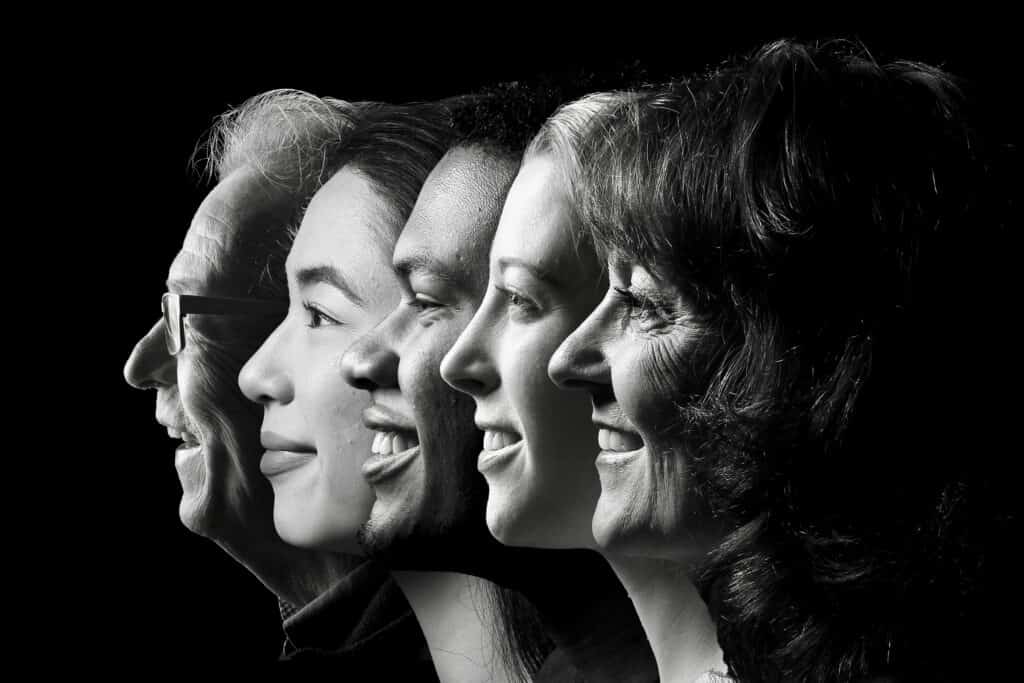Chuck Underwood is a pioneer in generational study. He wrote the book “America’s Generations in the Workplace, Marketplace, and Living Room” and hosts the PBS television series “America’s Generations with Chuck Underwood.” He trains American and Canadian business, government, educational, and religious organizations in all generational strategies, and has been the keynote speaker at two international cannabis conferences. This column is the introduction to a series he’ll be writing for MJBI.
I was training United States military personnel in various generational strategies a navy base in Naples, Italy. A number of Italians took part in the training. When I finished my presentation and asked for comments, one Italian woman said, “This is revealing, because I think most Italians have always believed that all Americans are the same. But now I see that their generations are different.”
And that’s the message of this article to you cannabis marketers and retailers. You can improve your sales by taking America’s generational differences into account when strategizing all aspects of your brand or retail outlet.
But to effectively use generational strategies, you must first learn to trust the discipline. In this introductory article, I’ll lay the foundation of this field of study, which is now taught in universities and used by businesses, governments, schools, and religious organizations around the world.
These five truths represent the unshakable foundation of generational study and strategies:
- The times and teachings of our formative years mold our core values.
- A generation is an age cohort that shares the same basic core values.
- America’s life expectancy is now long enough to have room for six living generations.
- Our core values help to guide our decision-making for life.
- Our classroom years are PRE-generation years.
Here is more on each “truth”:
Truth # 1: Between the time we’re born and the time we leave the fulltime classroom years and move on to adulthood, we form most of the basic core values and beliefs that we’ll embrace for life. Oh yes, we’ll evolve, we’ll change. But those powerful core values will remain largely intact.
Core values are burned into us by the times that we witness as we come of age–for example, the state of our government, business, war, tech revolution, breakdown of the family unit, economic depression or prosperity, social activism or lack of it–and by the teachings we absorb from our elders: parents/guardians, educators, faith-based leaders, and others.
Truth # 2: The age group that shares the same formative times and teachings will by and large share the same basic core values. And by sharing the same core values, they become a generation.
Whenever the times or teachings–or both–change in a significant and widespread way within a nation, it means the children coming of age during those different times and teachings will mold different core values and thus become our next generation.
Truth #3: Life in America during the past century has changed often. And it has also changed sharply into new directions. And thanks to modern science and medicine, we Americans are now living about eighteen years longer in 2021 than we were in 1921.
So for the first time in American history, our life expectancy has room for six living generations, each of whose formative years were notably different from all other generations, resulting in very different core values from the previous generations. This is why generational study has become such a hot topic
Truth #4: The unique core values that each generation molds during its unique formative years will now exert significant influence over that generation’s minute-by-minute decisions: consumer choices, career decisions and job performance, lifestyle preferences, and personal relationships.
This is why employers guide their workforce decisions by generational knowledge. Each generation has different preferences for the way they work, the training they need, and the manner in which they are managed, as well as skills and weaknesses that are generation-specific.
In the marketplace, customers have generation-specific preferences for the products they purchase, the way that sellers pitch the products to them, and customer service before, during, and after the sale.
In college classrooms, students walk through the door each day with generational learning strengths and weaknesses and preferences for the way they learn. And generational marketplace strategies also are used in politics, fundraising, religion, and other sectors in which the goal is to persuade.
Truth #5: There is no such thing as a 16-year-old or 11-year-old or 2-year-old member of any generation! Here’s why:
Our classroom years, especially K-12 but, to a lesser extent, our college and university years, are our PRE-generation years when we are constantly “trying on” different core values that our parents and educators and faith-based leaders and other adults are handing down to us. In those years we go through the bewildering “sorting process of youth” and decide which core values fit our age group and which ones don’t.
When we finally leave our classroom years and our parents’ nest and enter adulthood, we possess a pretty sturdy and permanent set of core values that will by-and-large guide our decision making for life.
And so generational study begins at the end of high school, essentially at age 18 but with some additional weight also placed on higher-education years for those fortunate enough to attend.
With these five truths, here are America’s living generations in 2021:
| Name | Born | Age in 2021 |
| G.I. | 1901-1926 | 95+ |
| Silent | 1927-1945 | 76 to 94 |
| Boomer | 1946-1964 | 57 to 75 |
| Gen X | 1965-1981 | 41 to 56 |
| Millenial | 1981-2001 | 21 to 40 |
| Gen Z | 2002-? | 18-20 (We won’t know for years when they’ll end.) |
The takeaway
In this series, you’ll read about the five generations that are valid “targets” for the cannabis industry, and gain much of the knowledge you need to create products, marketing materials, and retail environments that will appeal to these generations.
When we have been fully trained in generational dynamics and strategies, we then possess the holy grail of human interaction: a Generational Gearbox, a permanent filter in our brains, that enables our thinking and our action to shift gears instantly and accurately and deal most effectively with people from one generation to the next.





2 thoughts on “How to apply generational strategies to the cannabis industry”
Pingback: How to sell "The Silent Generation" on cannabis products - MJ Brand Insights
Pingback: How to market cannabis products to baby boomers - MJ Brand Insights